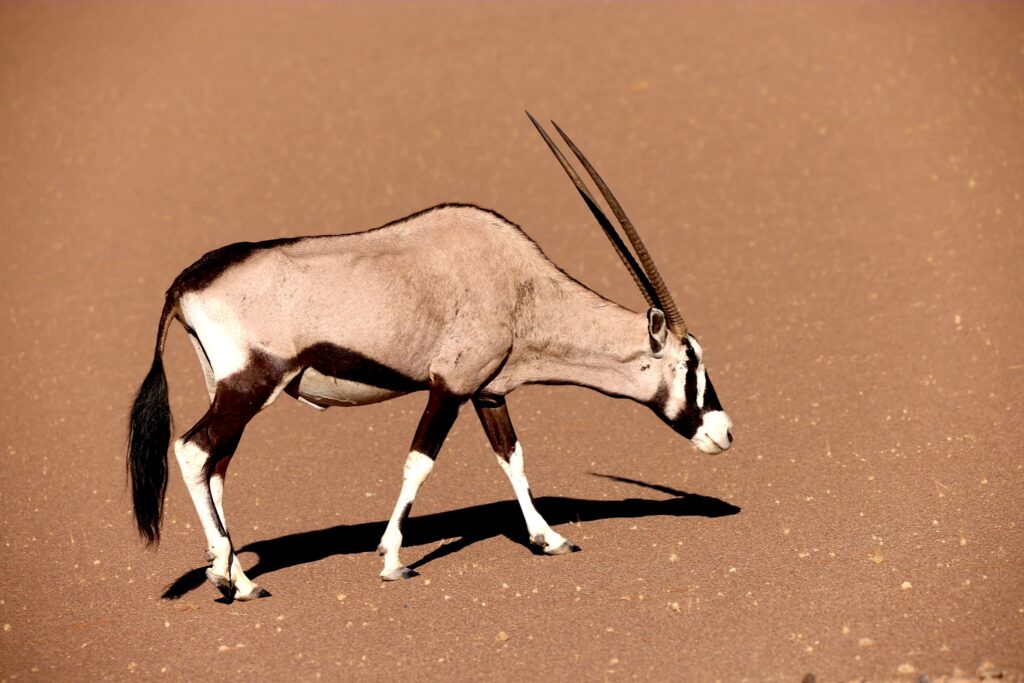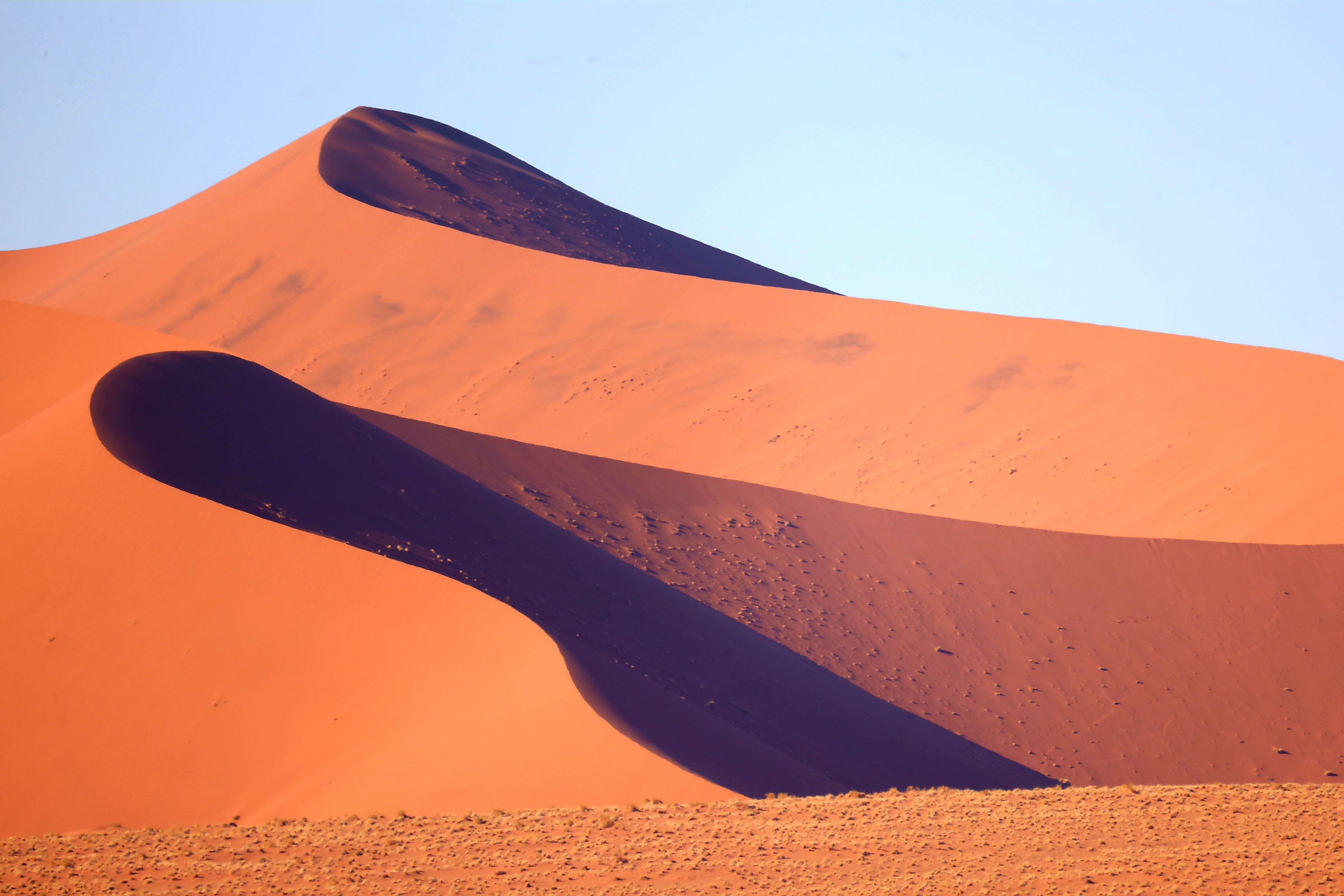A little back story before the meaty bit: Majestic Hospitality’s CEO, Chris Henry, and its Eco-Tourism Consultant, Dr. Paddy Ryan, are old friends. They met 15 years ago at Johnson & Wales University, where Dr. Ryan taught eco-tourism during Chris’ senior year. Their shared passion for adventure and quest to see all corners of the globe fueled an unbreakable friendship. While Paddy is a renowned wildlife photographer always on the hunt for exotic birds (in particular, Norwegian Blue Parrots), Chris is a self-proclaimed adrenaline junkie and a lover of all things with four wheels (his religion is Top Gear). Their friendship was forever cemented on an epic drive in 2011 from Denver to Costa Rica and back in Paddy’s Land Cruiser (Priscilla – Queen of the Desert). This adventure is documented in Dr. Ryan’s thrilling book Wanderings in Central America: Crocs, Pyramids and Super Glue which is available on Amazon.
For their fourth annual Thanksgiving Buddy Adventure, Chris organized a trip to the harsh alien wilderness of Namibia. And, surprise, surprise, he selected a self-guided, four-wheel drive camping vacation. His justification was that Majestic Hospitality needed to experience firsthand all types of vacation travel, but Paddy knew he just wanted to do more crazy driving.
Like all epic adventures, the trip started badly. Chris arrived in Namibia’s capital, Windhoek, without a working phone and subsequently failed to collect the 4×4 rental because they also needed Paddy’s signature. Meanwhile at 35,000 feet, Dr. Ryan was hatching a vicious attack of gout during the 16 hours flight from Atlanta to Johannesburg. It was so bad he was wheelchaired off the plane in both Joburg and Windhoek, an ignominious fate for a fitness nut. The following morning, after all the rental paperwork was sorted, Paddy bought crutches from an orthopedic store fortuitously situated only forty yards from the rental office.
After making a food and booze run, they headed out to their first camping site 263 km away in the Kalahari Desert. The driving was surprisingly easy and the sealed roads good. Wildlife, however, was non-existent and the scenery boring. As wildlife photographers and adventurers this was highly worrying. They arrived in plenty of time to hitch their 4×4 to a power outlet and pitch the rooftop tent. Paddy was almost immobile, so Chris took over setting up camp (and all the driving for the rest of the trip). Feeling guilty, Paddy commandeered all the cooking, an exercise sometimes made difficult by unpredictable weather. This first night he grilled, or rather attempted to grill steaks during a relentless downpour.
The following morning everything changed. After a breakfast of bacon, eggs and freshly brewed coffee they broke camp and hit the road again. The vast emptiness of this country finally hit. Namibia is the second least populated country on the planet (after Mongolia) and it showed. The sealed road soon faded to dirt and oncoming vehicles could be seen from a long way off thanks to their dust clouds. That fine dust was not their friend. Despite thick rubber seals on the vehicle, it still got in every single time they opened a door or window, and their camera gear suffered accordingly.
That scenery, which had been unimpressive, became spectacular and a geologist’s delight. Volcanic plugs were everywhere, and ancient layers of marine strata dominated the landscape. Animals started to show up, too. Small groups of springboks rested under the shade of trees and, one with a death wish, easily jumped the never-ending roadside fence and ran in front of the vehicle. Good brakes and Chris’ quick reaction saved everyone. Nearing the day’s destination, Sossusvlei, they saw their first oryx. These large, spectacular antelope with long, sharp horns are believed to have given rise to the myth of the unicorn. This engendered much excitement and an unseemly rush to grab cameras.

Later in the trip, oryx were to prove so common that they were no longer even pointed out by whoever saw them (similar to what happened with Zebra during their group trip to Tanzania in 2013). Chris even had an oryx steak in Windhoek, probably gleaned from roadkill.
Deep in the Namib Desert, the camp at Sossuvlei was a harsh place with little shade and scalding hot temperatures (well over 100°F). Each sandy campsite was designated by a low, circular rock wall with an enclosed space large enough for the 4×4, chairs, table, and a BBQ grill. While there was an electrical hook up for the site, no fixed light was provided to preserve the starry night sky. It felt like a set from a Mad Max film. The only amenities provided at this prized government run camp were a general store and bar (both of which were sold out of everything), a pool of questionable cleanliness, and a communal toilet/shower block. Aside from the surreal Martian views, the only upside were the oryx wandering all around the campground.
They woke up early because 90% of the camp left for the signature sand dunes at first light. After a leisurely breakfast they struck camp and headed that way themselves. It proved a good decision. The sun was still at a low enough angle to provide spectacular shadows and amazing photography while the prime viewpoints were empty, having been vacated by visitors after the morning rush.
Undoubtedly the most famous destination in Namibia, the dunes were as incredible as advertised, some of the highest on the planet. Dune 7, so named because it is the seventh dune after crossing the non-existent river Tsauchab (it rarely flows), has been measured at 1,256 feet high (a few feet taller than the Empire State Building) and there are many others that rival it in size, some being over 20 miles long.
Chris managed to climb most of the way up a dune while Paddy waved from the bottom. After the mandatory photo stops, the travelers continued to the end of the road at Deadvlei. Here, long dead camel thorn trees raised their stark branches against the orange and tan of the dunes. Believed to have died around six hundred years ago, they provided mute testimony to the harshness of the area. Their water source dried up because of the changing climate. A stark white, cracked salt pan provided further evidence of this phenomenon.
A long drive across the Naukluft plateau to Walvis Bay followed, punctuated by innumerable photo stops. By far one of the prettiest drives of the trip, the plateau shows evidence of extreme tectonic forces which left behind flood basalt provinces, long dike intrusions of magma, veins rich in gems and minerals, and prehistoric fault lines all cut by intense water erosion from a bygone era. Geologically speaking, Namib Desert and the surrounding environs are the oldest exposed lands on the planet. They serve as a reminder of nature’s extreme forces and just how small and insignificant our time is on Earth.
Once in Walvis Bay, our travelers got a respite from camping and checked in to the Flamingo Villa Boutique Hotel. Both were skeptical about the flamingos, but the hotel was true to its name. They could see two species of lanky birds from their room. Chris, by now a total connoisseur of hotels and hotel rooms, could find nothing to fault. The hospitality was warm, the food fabulous and the bartender extremely interesting. They learned there are twelve distinct groups of native people in Namibia and some of them communicate using a click language. Despite several glasses of excellent South African red wine neither of the two gallant heroes were able to mimic the clicks and pops, much to the amusement of their host.
To be continued in the next issue.

